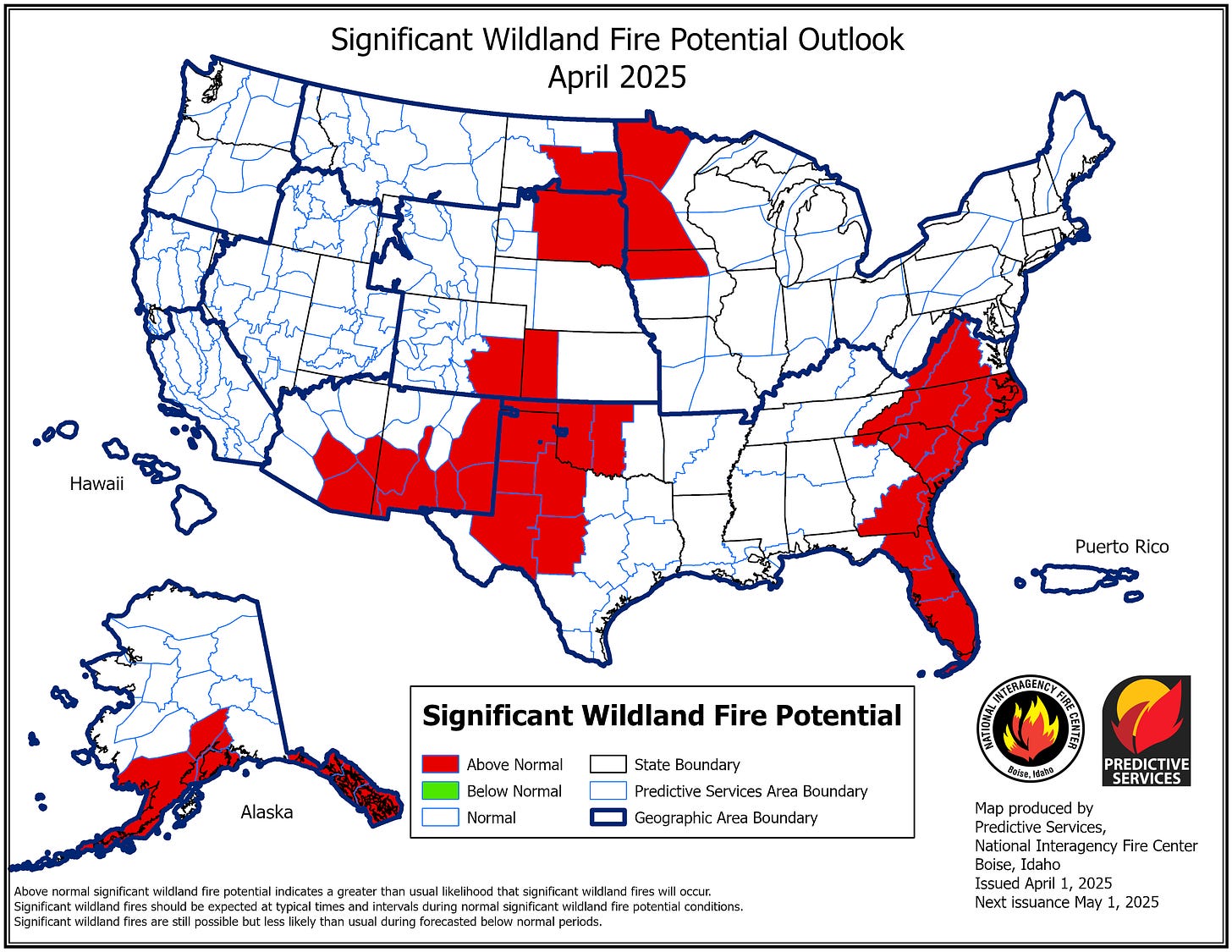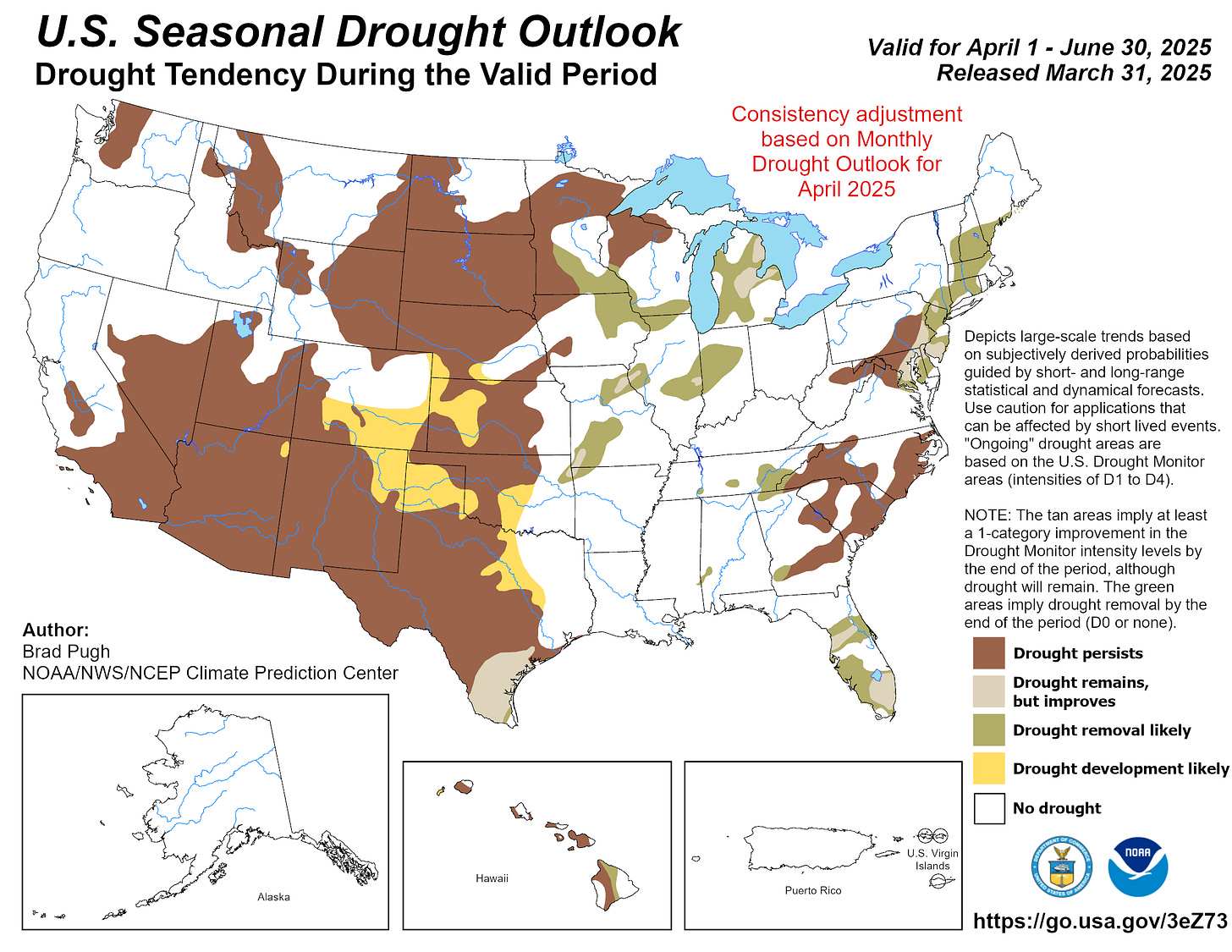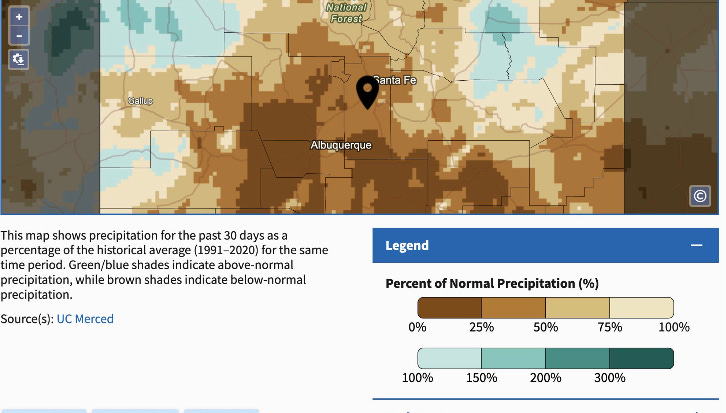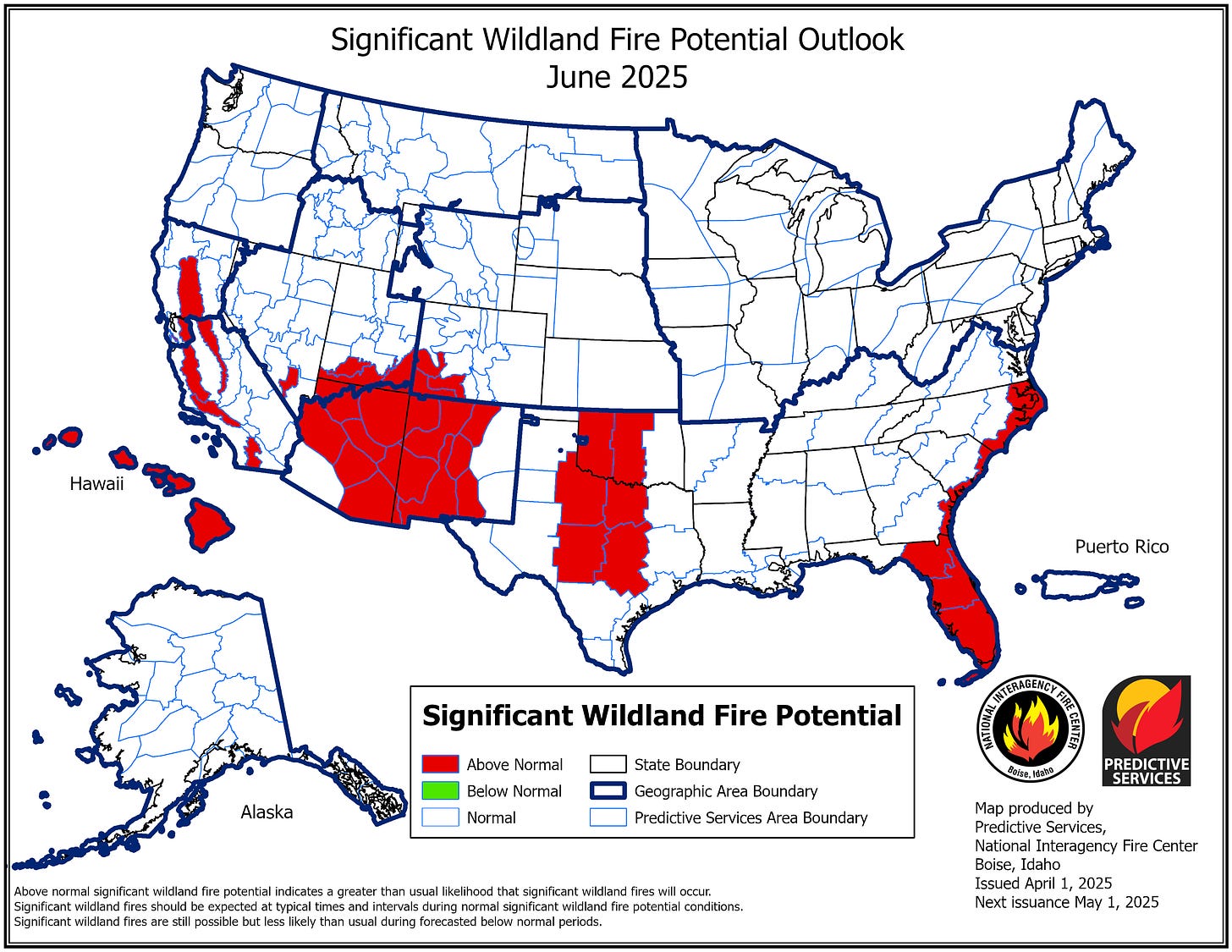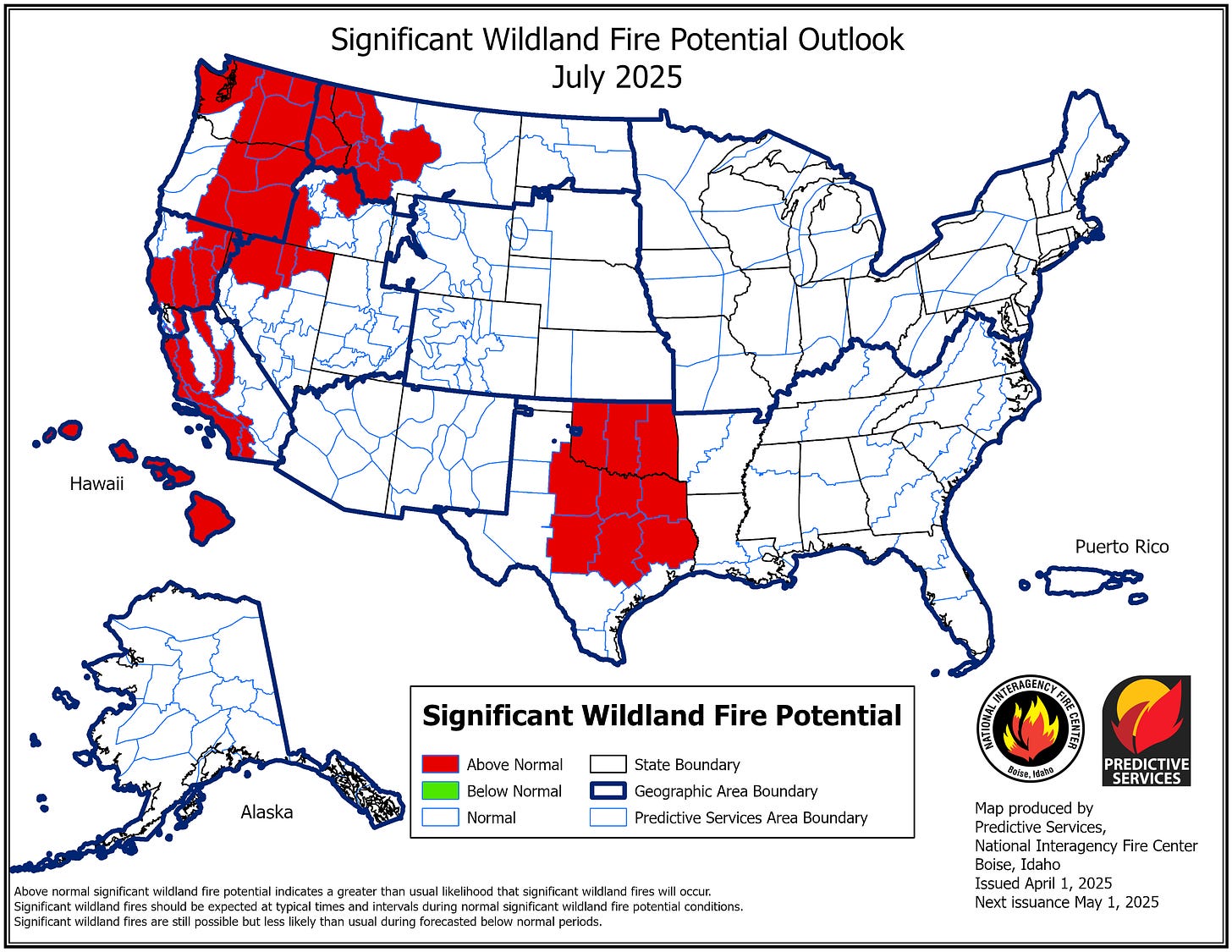There have been numerous changes across the wildfire industry in the last couple of months, and more are coming. The Forest Service just implemented the largest-ever land management directive across 44 million acres of national forests, something I will cover in detail early next week on the show. The announcement itself wasn’t what caught me by surprise, but some of the minute details inside the decree and the fact they were able to use the previous admins’ ruling on critical wildfire landscapes to put it in place, was… creative.
There are also rumors that the new wildfire headquarters could end up in Colorado, Montana, or New Mexico… and NIFC from Boise to Colorado to meet their consolidation and efficiency plans. I found that hard to believe when I got the email, but after I covered the , emphasizing the continued push to remove wildfire Ops from the Forest Service’s jurisdiction, I started to see that it may actually be in the cards. I will discuss this early in the week on the show as well.
It’s apparent major changes are coming, that I know for sure.
Talking to a handful of GS10+ program managers during the week, there is a substantial push for them to take the new Deferred Resignation Program, which would align with a significant restructuring… as indicated for months now.
With that said, the one thing that never changes is that fire season always shows up, like a text from an ex after a few too many at the bar.
The first week of April saw a slight slowdown of wildfire activity; however, into the end of the month, the potential returns for the usual suspects in the spring.
Fire managers in Alaska have warned of an early season for a month now, and activity in the big state shows potential into late May. In the Southwest, they are already getting small IAs, and severity resources are being ordered to stage on local districts.
The east got some reprieve with cooler weather and precipitation, but the potential is still there until “season-ending” spring rains fully develop. Up North, there have been some smaller fires as well, but nothing that currently brings a lot of concern. If they get the snow melt this month without the rains showing up, it could be a very different story at month’s end.
The drought monitor is something worth keeping an eye on as we proceed further into 2025:
There are no real surprises in May. It’s the typical areas we would see in any given fire season. That said, everyone I speak to in the Southwest says they are preparing for a banger.
If you look at the 30-year historical averages for precipitation in New Mexico for the last 30 days, you can see why. Large areas around Santa Fe and Albuquerque have received 0%-25% of the normal three-decade average.
If we know our wildfire history, these areas like to burn, and with further drought and lack of precipitation, it may burn like a severe case of STDs after poor decisions in Vegas on R&R… When the Supt. says, “Stay in the hotel,” it’s because they have seen it all.
June and July are subject to change, being that they are further out than a peace deal in the Middle East. But after a record fire season last year, Oregon has huge potential again. Florida lingers into the summer, which is a little surprising because they have had moisture issues as well, like a stoner in the desert eating saltines.
While Utah saw extreme fire behavior last season, I’ve been waiting for Nevada to have a crazy year, like I remember it used to. Chasing 10 fires per roll, burning 10,000 acres through the night, just to double lunch and head to the next one. So much moon dust accumulates on everything that even an AI Roomba vacuum would commit suicide before trying to clean it all up.
The locals are saying it might be Nevada’s turn to suck up all the Great Basin resources and give an end-of-season welcome to all the Southwest crews. Idaho had a violent fire season last summer, Montana a little less so with a few large fires outside Helena, and California will do its thing as always.
But the way it's shaping up, I would not be surprised to see a PL5 in mid-July, making August extra dirty. Good luck to all the crews starting their critical 80 this week. It’ll be a long one, as always, but if you support each other and keep pushing forward, it’ll fly by.
Thank you to all of our paid subscribers. Your support allows us to donate generously to firefighter charities and supports all of our content. You also receive all of our article archives, more podcast episodes, Monday morning workouts, and also entered into our giveaways, plus more.
